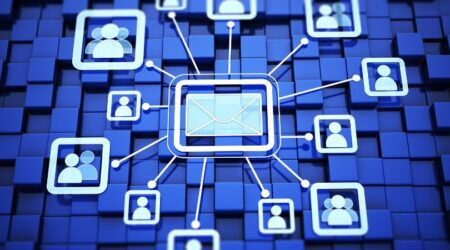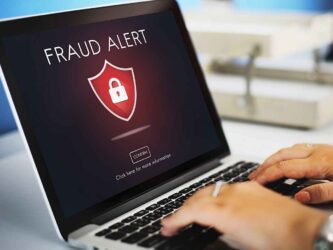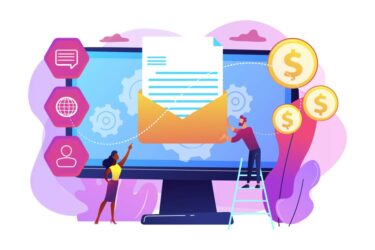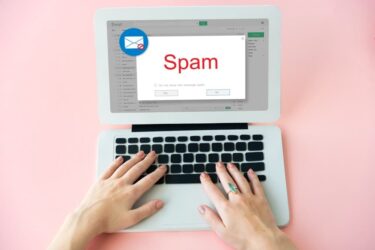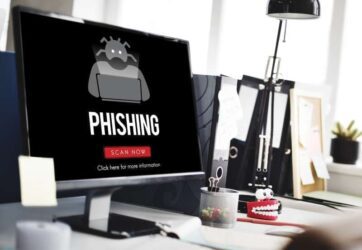February 15, 2024
Running a business in this era of rapidly advancing technology, taking appropriate measures to prevent email problems is not only important. This document outlines the measures required for organizations to secure their data and email communications.
